
1. The functions of the engine lubrication system mainly include lubrication, cooling, cleaning, sealing and rust prevention. Lubrication: The oil can form oil film contact between the moving parts, reduce frictional resistance and power loss, and reduce the wear of the machine parts.
2. The function of the engine lubrication system: oil film contact can be formed between the moving parts. ColdHowever, the function uses the fluidity of the oil, the cleaning function uses the circulating oil, and the sealing function uses the viscosity and anti-rust function of the oil. In addition, it also has vibration absorption function.
3. The function of the engine lubrication system must be to lubricate the machine parts first, but it can also play some other roles: lubrication. Under various working conditions of the engine, the oil can reduce the friction of the engine parts, slow down the wear, and prevent dry grinding of the internal parts of the engine. Cleaning effect.
1. Anti-rust and anti-corrosion - a protective film can be formed on the metal surface to prevent acidic and harmful substances from entering. 6) Vibration damper - to prevent damage caused by excessive impact. 7) Force transmission - Modern new car solenoid valves use lubricating oil to transfer pressure to control the valve opening.
2. Lubrication. Under various working conditions of the engine, the oil can reduce the friction of the engine parts, slow down the wear, and prevent dry grinding of the internal parts of the engine. Cleaning effect.
3. The functions of the engine lubrication system mainly include lubrication, cooling, cleaning, sealing and rust prevention. Lubrication: The oil can form oil film contact between the moving parts, reduce frictional resistance and power loss, and reduce the wear of the machine parts.
4. The functions of the automobile engine lubrication system are as follows: lubrication: the oil can form oil film contact between the moving parts to reduce frictional resistance and power loss and reduce the wear of the machine parts. Cooling effect: Use the fluidity of the oil to take away part of the heat of the engine parts to prevent the parts from being burned due to excessive temperature.
1. The main components of the engine lubrication system include oil pump, pressure regulating valve, oil filter, oil filter, oil radiator, oil pressure sensor, nozzle, oil Road, crankcase ventilation filter, etc.
2. The second is the semi-dry lubrication system, which provides lubrication by keeping part of the lubricating oil in the bottom oil pool. The semi-dry system is more stable than the dry system and can provide better lubrication and cooling performance. However, due to the need to place oil pumps, oil pans and other devices in the upper part of the engine, the cost is high.
3. The components of the engine lubrication system are mainly organic oil pumps, pressure regulating valves and oil.Collection filter, oil filter, oil radiator, oil pressure sensor, nozzle, oil channel, crankcase ventilation filter, etc.
4. The lubrication system generally adopts three lubrication methods: pressure lubrication, splash lubrication and regular lubrication. Generally, pressure lubrication is used in the parts where the force is relatively high and the relative movement speed is relatively high. Such as crankshaft main bearings, connecting rod bearings and wheelshaft bearings, etc.

Function of engine lubrication system: When the lubrication function engine is running, the oil film can be formed between the relative moving parts to reduce the friction coefficient, Reduce friction loss and surface wear, and improve the effective power of the engine, so as to ensure the service life of the parts.
The main components of the engine lubrication system are as follows: oil pump: the function is to increase the oil pressure and ensure the continuous circulation of oil in the lubrication system. At present, there are two widely used oil pumps: external megging oil pumps and internal megging oil pumps. Among them, gear oil pump and rotary oil pump are two commonly used oil pump types.
The role of the gasoline engine lubrication system is in each of the engine.A layer of oil film is formed between the moving parts to reduce friction and wear and ensure the normal operation of the engine.
The lubrication system of the engine consists of oil span, collector filter, oil pump, oil filter, oil pipe and conveying oil channel processed on the engine body. The lubrication system plays the role of lubricating the moving parts of the engine, cooling, cleaning, sealing and rust prevention.
The components of the engine lubrication system are: oil pump, pressure regulating valve, oil collector filter, oil filter, oil radiator, oil pressure sensor, nozzle, oil channel, crankcase ventilation filter.
The engine lubrication system consists of oil pump and pressure regulating valve, oil collector filter, oil filter, oil radiator, oil pressure sensor, nozzle, oil channel, crankcase ventilation filter.
[Pacific Automobile Network] The components of the engine lubrication system are mainly organic oil pump, pressure regulating valve, oil collector filter, oil filter, oil radiator, oil pressure sensor, nozzle, oil channel, crankcase ventilation filter, etc.
Components of the engine lubrication system: The engine lubrication system consists of three major parts: oil supply device: organic oil pump, oil channel, oil pipe, pressure limiting valve, etc., which can make the oil flow in the circulation system at a certain pressure and flow rate.
HS code correlation with quality standards-APP, download it now, new users will receive a novice gift pack.
1. The functions of the engine lubrication system mainly include lubrication, cooling, cleaning, sealing and rust prevention. Lubrication: The oil can form oil film contact between the moving parts, reduce frictional resistance and power loss, and reduce the wear of the machine parts.
2. The function of the engine lubrication system: oil film contact can be formed between the moving parts. ColdHowever, the function uses the fluidity of the oil, the cleaning function uses the circulating oil, and the sealing function uses the viscosity and anti-rust function of the oil. In addition, it also has vibration absorption function.
3. The function of the engine lubrication system must be to lubricate the machine parts first, but it can also play some other roles: lubrication. Under various working conditions of the engine, the oil can reduce the friction of the engine parts, slow down the wear, and prevent dry grinding of the internal parts of the engine. Cleaning effect.
1. Anti-rust and anti-corrosion - a protective film can be formed on the metal surface to prevent acidic and harmful substances from entering. 6) Vibration damper - to prevent damage caused by excessive impact. 7) Force transmission - Modern new car solenoid valves use lubricating oil to transfer pressure to control the valve opening.
2. Lubrication. Under various working conditions of the engine, the oil can reduce the friction of the engine parts, slow down the wear, and prevent dry grinding of the internal parts of the engine. Cleaning effect.
3. The functions of the engine lubrication system mainly include lubrication, cooling, cleaning, sealing and rust prevention. Lubrication: The oil can form oil film contact between the moving parts, reduce frictional resistance and power loss, and reduce the wear of the machine parts.
4. The functions of the automobile engine lubrication system are as follows: lubrication: the oil can form oil film contact between the moving parts to reduce frictional resistance and power loss and reduce the wear of the machine parts. Cooling effect: Use the fluidity of the oil to take away part of the heat of the engine parts to prevent the parts from being burned due to excessive temperature.
1. The main components of the engine lubrication system include oil pump, pressure regulating valve, oil filter, oil filter, oil radiator, oil pressure sensor, nozzle, oil Road, crankcase ventilation filter, etc.
2. The second is the semi-dry lubrication system, which provides lubrication by keeping part of the lubricating oil in the bottom oil pool. The semi-dry system is more stable than the dry system and can provide better lubrication and cooling performance. However, due to the need to place oil pumps, oil pans and other devices in the upper part of the engine, the cost is high.
3. The components of the engine lubrication system are mainly organic oil pumps, pressure regulating valves and oil.Collection filter, oil filter, oil radiator, oil pressure sensor, nozzle, oil channel, crankcase ventilation filter, etc.
4. The lubrication system generally adopts three lubrication methods: pressure lubrication, splash lubrication and regular lubrication. Generally, pressure lubrication is used in the parts where the force is relatively high and the relative movement speed is relatively high. Such as crankshaft main bearings, connecting rod bearings and wheelshaft bearings, etc.

Function of engine lubrication system: When the lubrication function engine is running, the oil film can be formed between the relative moving parts to reduce the friction coefficient, Reduce friction loss and surface wear, and improve the effective power of the engine, so as to ensure the service life of the parts.
The main components of the engine lubrication system are as follows: oil pump: the function is to increase the oil pressure and ensure the continuous circulation of oil in the lubrication system. At present, there are two widely used oil pumps: external megging oil pumps and internal megging oil pumps. Among them, gear oil pump and rotary oil pump are two commonly used oil pump types.
The role of the gasoline engine lubrication system is in each of the engine.A layer of oil film is formed between the moving parts to reduce friction and wear and ensure the normal operation of the engine.
The lubrication system of the engine consists of oil span, collector filter, oil pump, oil filter, oil pipe and conveying oil channel processed on the engine body. The lubrication system plays the role of lubricating the moving parts of the engine, cooling, cleaning, sealing and rust prevention.
The components of the engine lubrication system are: oil pump, pressure regulating valve, oil collector filter, oil filter, oil radiator, oil pressure sensor, nozzle, oil channel, crankcase ventilation filter.
The engine lubrication system consists of oil pump and pressure regulating valve, oil collector filter, oil filter, oil radiator, oil pressure sensor, nozzle, oil channel, crankcase ventilation filter.
[Pacific Automobile Network] The components of the engine lubrication system are mainly organic oil pump, pressure regulating valve, oil collector filter, oil filter, oil radiator, oil pressure sensor, nozzle, oil channel, crankcase ventilation filter, etc.
Components of the engine lubrication system: The engine lubrication system consists of three major parts: oil supply device: organic oil pump, oil channel, oil pipe, pressure limiting valve, etc., which can make the oil flow in the circulation system at a certain pressure and flow rate.
Commodity-specific import licensing data
author: 2024-12-24 01:43Supply chain optimization with trade data
author: 2024-12-24 00:23Gourmet foods HS code classification
author: 2024-12-24 00:17Identifying duty exemptions via HS code
author: 2024-12-23 23:50Textiles international trade database
author: 2024-12-23 23:35How to enhance supplier collaboration
author: 2024-12-24 01:31How to use analytics for HS classification
author: 2024-12-24 01:19HS code compliance for customs
author: 2024-12-24 01:04Predictive supply chain resilience
author: 2024-12-23 23:40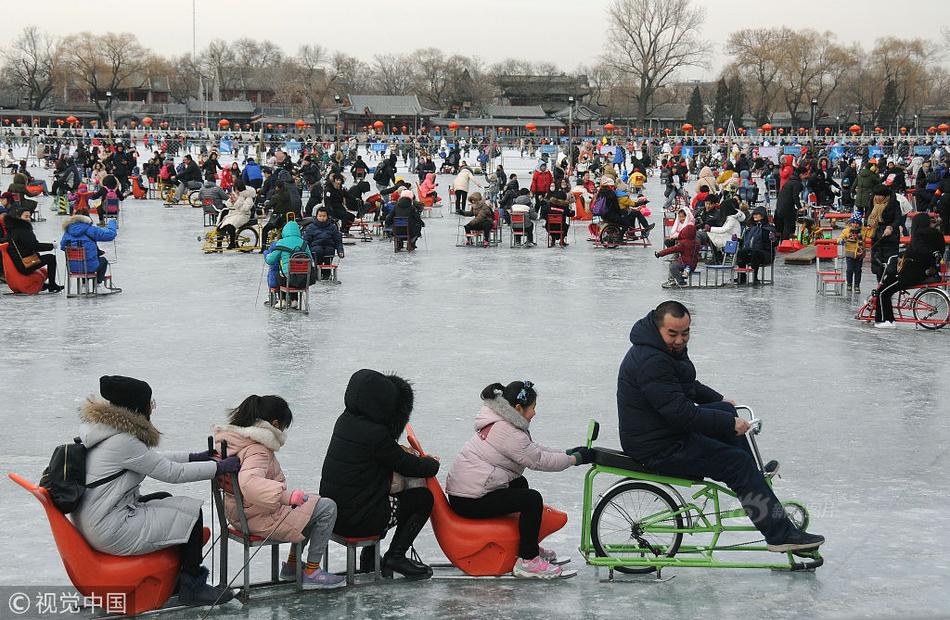 HS code analytics for value-added products
HS code analytics for value-added products
117.43MB
Check Predictive trade data cleaning
Predictive trade data cleaning
788.43MB
Check Marine exports HS code insights
Marine exports HS code insights
879.35MB
Check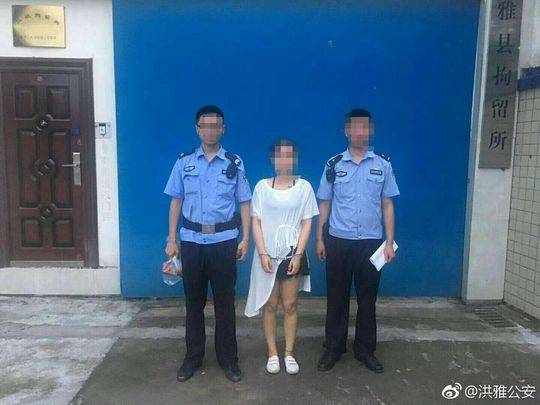 Trade data for market entry strategies
Trade data for market entry strategies
493.78MB
Check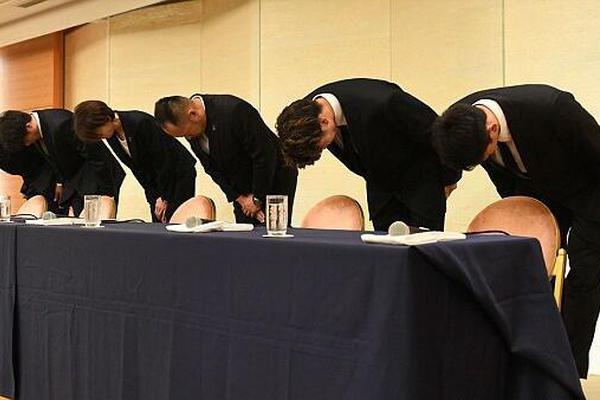 HS code analytics for import quotas
HS code analytics for import quotas
596.51MB
Check How to leverage data for export growth
How to leverage data for export growth
439.18MB
Check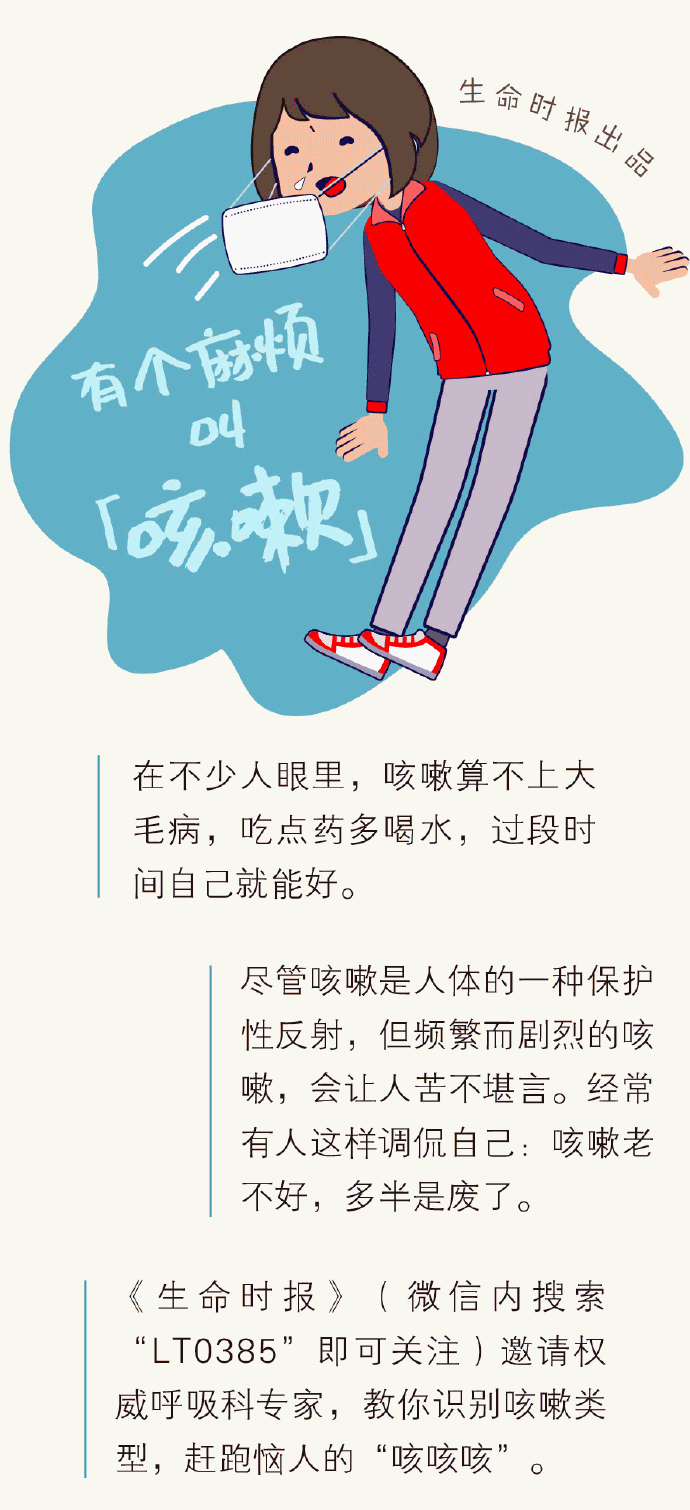 How to select the best trade data provider
How to select the best trade data provider
533.71MB
Check HS code utilization in trade feasibility studies
HS code utilization in trade feasibility studies
996.96MB
Check HS code-based opportunity in emerging economies
HS code-based opportunity in emerging economies
954.14MB
Check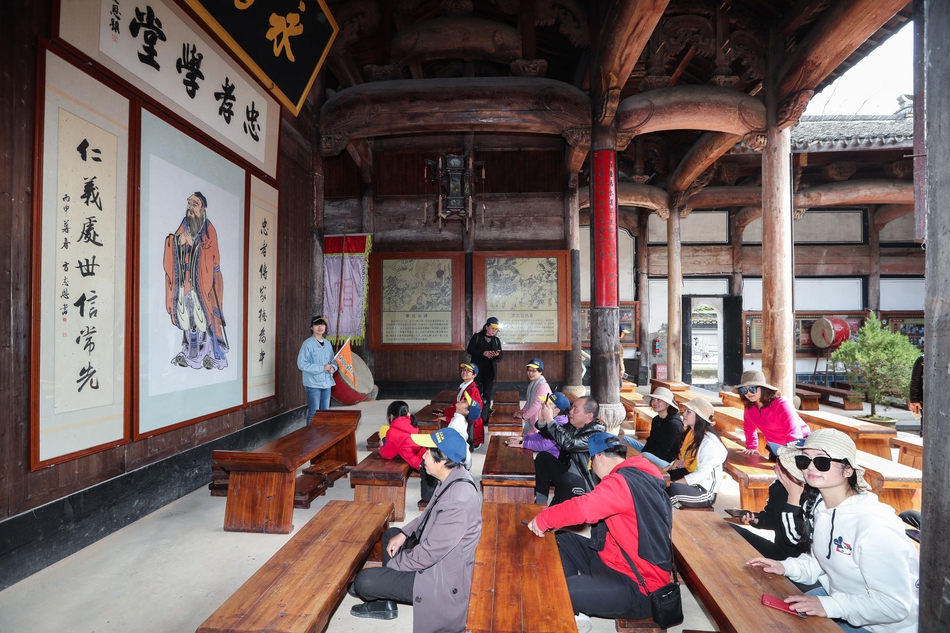 importers and exporters
importers and exporters
558.15MB
Check Country-specific HS code conversion charts
Country-specific HS code conversion charts
368.33MB
Check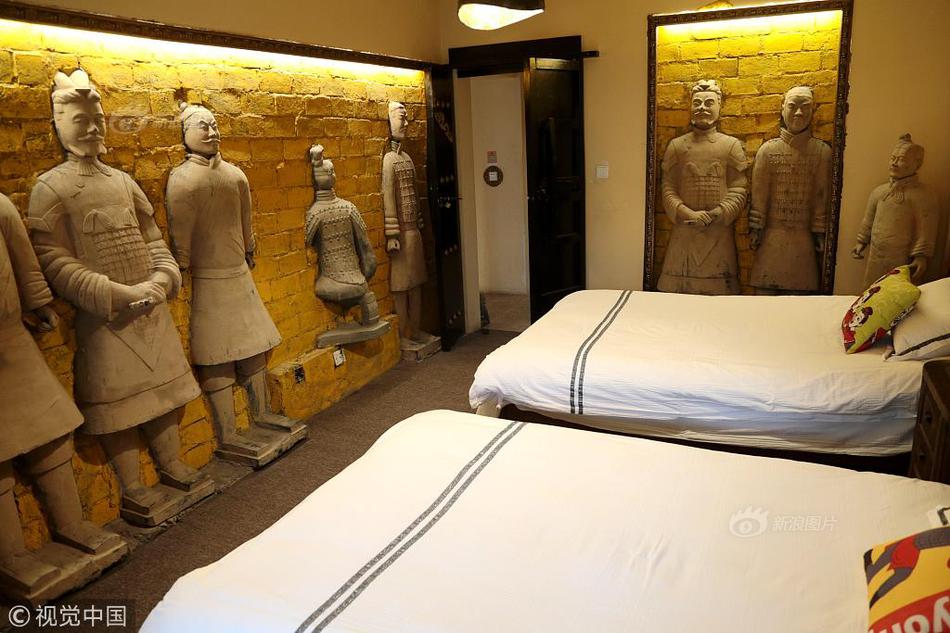 Trade data-driven competitive analysis
Trade data-driven competitive analysis
621.77MB
Check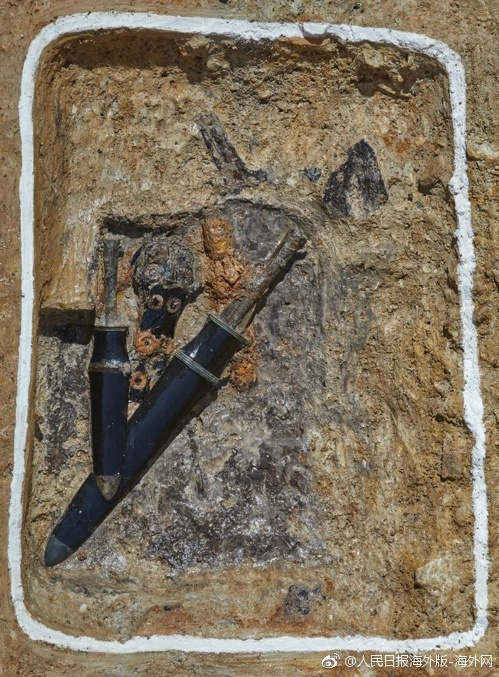 HS code-based vendor qualification
HS code-based vendor qualification
479.95MB
Check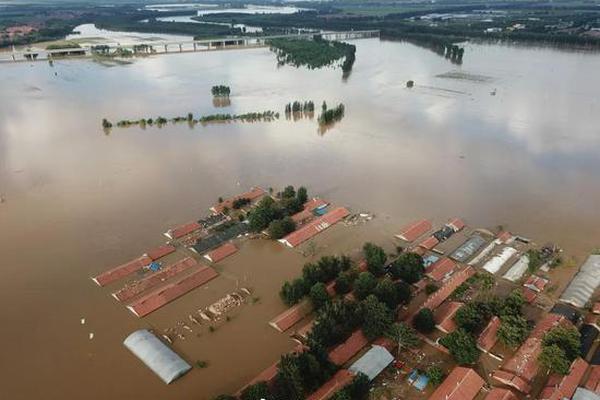 How to integrate trade data into workflows
How to integrate trade data into workflows
127.17MB
Check Import data by HS code and country
Import data by HS code and country
621.19MB
Check How to integrate trade data with RPA
How to integrate trade data with RPA
884.88MB
Check Pharmaceutical intermediates HS code mapping
Pharmaceutical intermediates HS code mapping
639.86MB
Check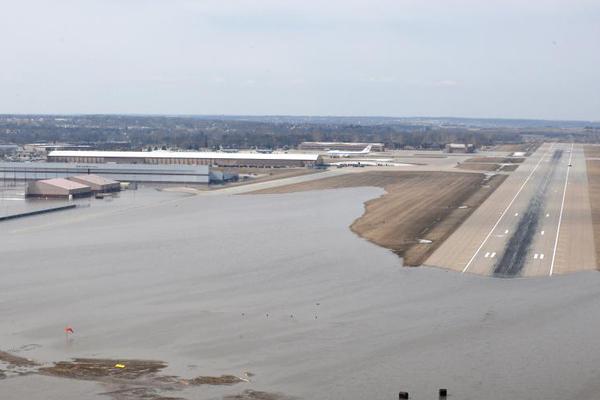 High-precision instruments HS code mapping
High-precision instruments HS code mapping
813.12MB
Check Global trade corridor analysis
Global trade corridor analysis
521.25MB
Check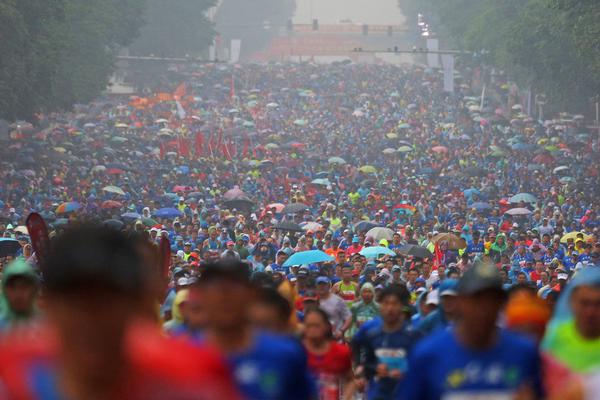 Dehydrated vegetables HS code references
Dehydrated vegetables HS code references
466.67MB
Check How to manage port congestion data
How to manage port congestion data
456.86MB
Check How to facilitate cross-border returns
How to facilitate cross-border returns
178.51MB
Check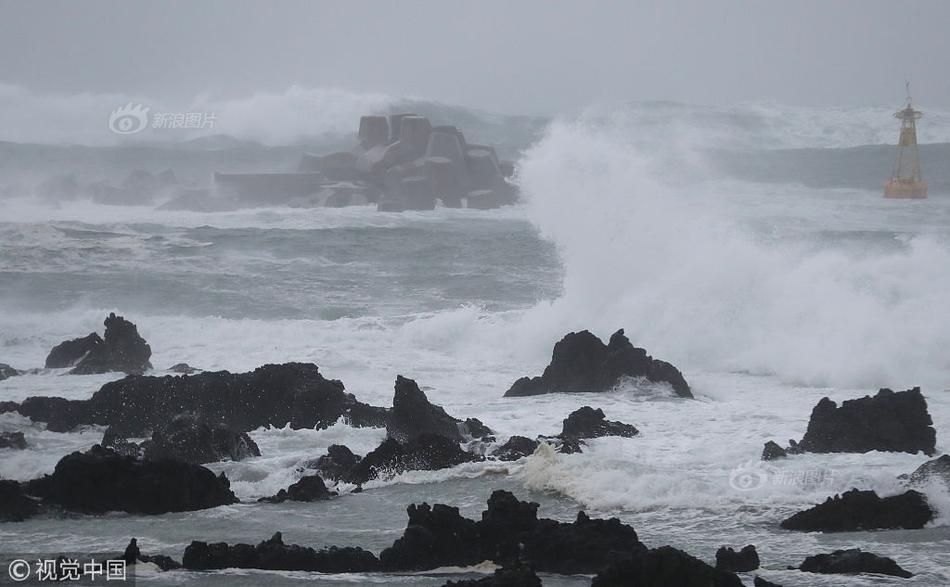 Latin America HS code classification
Latin America HS code classification
364.31MB
Check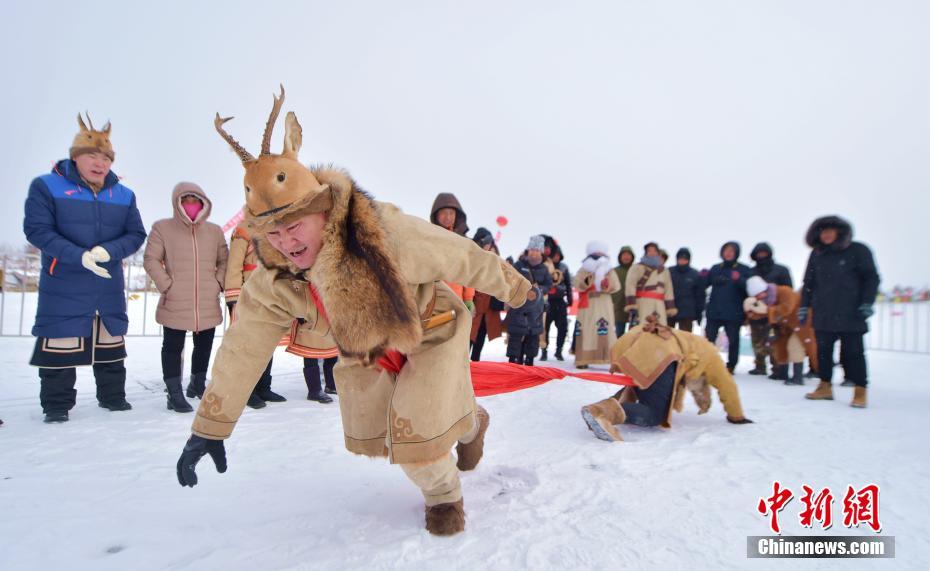 Import data by HS code and country
Import data by HS code and country
582.15MB
Check Enhanced supplier vetting processes
Enhanced supplier vetting processes
232.42MB
Check Trade data-driven inventory optimization
Trade data-driven inventory optimization
235.37MB
Check HS code compliance for customs
HS code compliance for customs
941.57MB
Check How to access historical shipment records
How to access historical shipment records
166.29MB
Check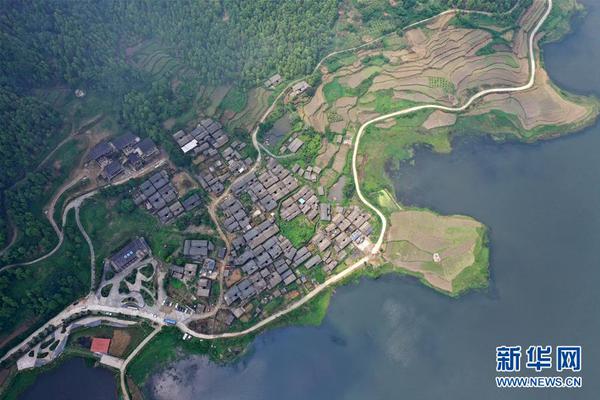 Trade data-driven policy analysis
Trade data-driven policy analysis
217.56MB
Check AI-driven trade data analytics
AI-driven trade data analytics
168.57MB
Check USA customs data analysis services
USA customs data analysis services
937.68MB
Check HS code-based customs broker RFPs
HS code-based customs broker RFPs
221.51MB
Check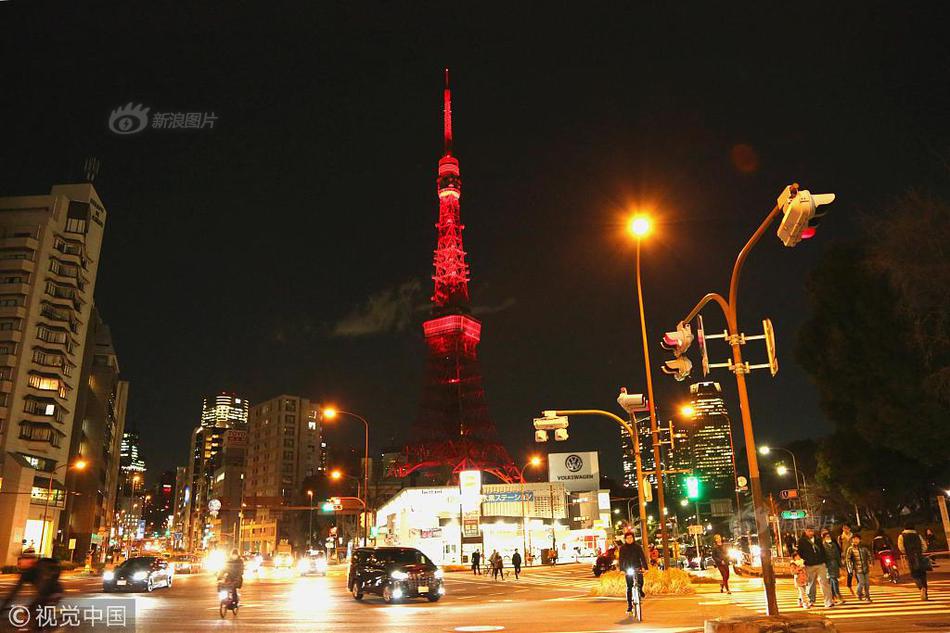 Data-driven supply chain partnerships
Data-driven supply chain partnerships
992.27MB
Check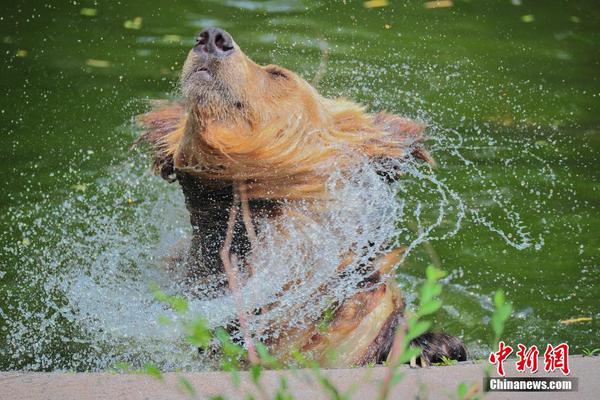 Industry-focused HS code reporting
Industry-focused HS code reporting
362.83MB
Check global market access
global market access
724.77MB
Check India global market access guide
India global market access guide
646.97MB
Check
Scan to install
HS code correlation with quality standards to discover more
Netizen comments More
1519 HS code-driven market penetration analysis
2024-12-24 01:53 recommend
2626 HS code monitoring in European supply chains
2024-12-24 01:02 recommend
1533 Import export compliance audits
2024-12-24 00:49 recommend
2566 Shipping lane performance metrics
2024-12-24 00:25 recommend
1274 HS code-based tariff calculations
2024-12-23 23:34 recommend